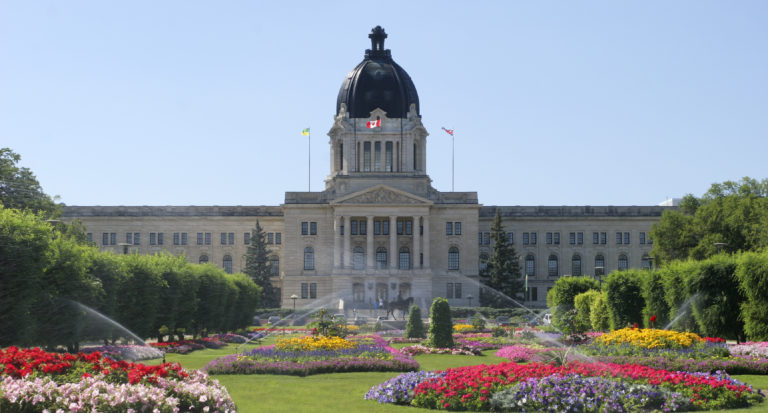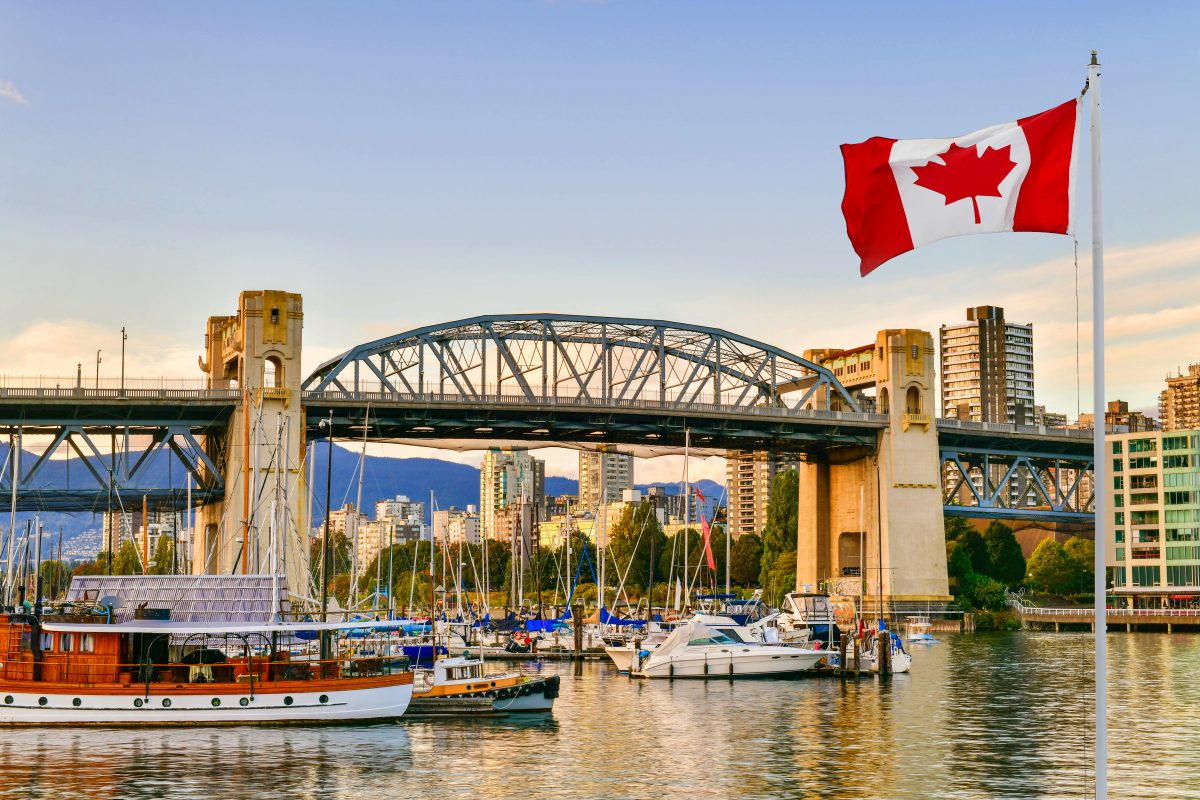The latest Immigration, Refugees and Citizenship Canada (IRCC) data shows software developers are immigrating to Canada in increasing numbers with a rise of almost a third this year.
In January and February this year, 940 software developers became new permanent residents of Canada, up 29.6 per cent from the 725 who immigrated during the comparable period last year, IRCC data reveals.
The current level of immigration of software developers to Canada, if it continued throughout the rest of 2023, would see 5,640 of these information technology professionals become new permanent residents here this year.
That would be a spike of 65.6 per cent over the number of software developers becoming new permanent residents last year.
After hitting a high of 5,830 software developers becoming new permanent residents of Canada in 2021, the number of these IT professionals immigrating to Canada fell by 41.6 per cent to 3,405 last year, a figure more in line with historic levels.
Read More Canada Immigration News
Canada Unemployment At 5% After Adding 35,000 Jobs
Temporary Workers With High-Paying Jobs Have Better Canada Immigration Outcomes
Canada Helps Immigrant Women Get Tech Jobs With $1.1m Investment
In the last full year before the pandemic, Canada welcomed 2,985 software developers as new permanent residents.
Ontario, Canada’s most populous province and a growing tech sector in North America, is unsurprisingly drawing the lion’s share of software developers interested in immigrating to the country.
Last year, that province attracted 1,900 new permanent residents to work in software development, aided by its immigration program designed to recruit tech talent, the Ontario Immigration Nominee Program (OINP) Express Entry-linked Human Capital Priorities stream.
Ontario select eligible applicants for tech draws from the Express Entry pool from among candidates who must meet the:
- eligibility criteria for one of its streams, and;
- the minimum Comprehensive Ranking System (CRS) score.
Selected receive a Notification of Interest (NOI) from Ontario and then submit an application for nomination within 45 days.
If the application is approved, the candidate receives a nomination certificate and 600 points under their Express Entry profile.
British Columbia Saw 320 Software Developers Become New Permanent Residents In 2022
On the following Express Entry draw, they will receive an Invitation to Apply (ITA) for permanent residence which must be submitted within 60 days.
British Columbia, which welcomed 320 software developers as new permanent residents last year, has its own Provincial Nominee Program (PNP) immigration stream to recruit these internationally-trained IT professionals.
Under the BC PNP Tech stream, British Columbia immigration officials can expedite the processing of immigration candidates for in-demand technology occupations.
Through weekly draws, invitations are issued to candidates with work experience in one of 35 eligible occupations in the BC technology sector. Candidates must still meet the basic requirements of an applicable British Columbia immigration category or stream, including a minimum one-year job offer from an employer in the province.
Video
Next door, Alberta also has an immigration stream to help employers recruit these skilled workers. Last year, that Prairie province welcomed 115 new permanent residents who came to fill software development jobs.
The Alberta Accelerated Tech Pathway, which falls under the Express Entry stream of the Alberta Immigrant Nominee Program (AINP) offers a fast-track to Canada immigration for candidates with jobs offers in one of 38 technology occupations, including software developer.
Under the National Occupational Classification (NOC) system, software developers are listed as NOC code 21232.
Foreign nationals seeking to immigrate to Canada through the Express Entry system, including through the Canadian Experience Class (CEC), Federal Skilled Worker (FSW), and Federal Skilled Trades (FST) programs, and all linked PNP programs need to ensure they are using the right NOC 2021 code now that Canada has upgraded to the new classification system.
Certainly, the demand is strong for software developers in Canada.
Human Resources Giant Says Demand For Tech Workers In Canada Is Strong
“As digital dependency increases and new technologies drive change across all industries, tech jobs are rising,” reports human resources giant Randstad. “Companies continue to report skills shortages, leading to shifts in the average salary expectations for top jobs in tech.
“Employers are looking for qualified candidates who can develop and refine technology solutions and use data analysis to streamline existing systems. Other trending jobs in the tech sector involve developing security systems that reduce the risk of data breaches and building the architecture to support stable business cloud computing systems.”
In its Best IT and Tech Jobs in Canada for 2023 report on its website, Randstad lists the eight tech jobs that are in greatest demand in Canada this year.
They are, with their corresponding National Occupational Classification (NOC) codes:
- software developer/programmer (NOC 21232)
- business system analyst/administrator (NOC 21221)
- data analyst /scientist (NOC 21223)
- quality assurance analyst (NOC 21222)
- security analyst/architect (NOC 21220)
- cloud architect (NOC 20012)
- IT project manager (NOC 21311)
- network engineer (NOC 22220)
In April, the Indeed.ca job-hunting website listed 3,094 jobs for software developers across the country and the federal government’s Jobbank job-hunting and career-planning website rated the prospects for jobs in this sector as “good” to “very good” across the country for at least the next three years.
“Salaries are very competitive in the tech sector, in part due to severe skills shortages,” notes Randstad.
Employers Can Help Software Developers Get Work Permits Through The Global Talent Stream
“In 2022, average salaries ranged from $51,900 to $154,300, though certain positions might pay even more. Expectations for salaries in 2023 have shifted slightly, with an average range of $74,000 to $130,600 and a median of $100,100.”
Software developers are among the most often sought-after by employers looking to recruit foreign nationals through the Express Entry system.
If you are a candidate looking for a Canada job, or an employer looking to recruit foreign talent from abroad, immigration.ca can help. Access our expertise through our in-house recruitment enterprise www.skilledworker.com, “the leader in foreign recruitment”.
Foreign nationals who want to immigrate to Canada can do so through one the three Express Entry system programs and apply for permanent residency online if they meet the eligibility criteria.
Canadian employers can also recruit and hire foreign nationals through the Temporary Foreign Worker Program (TFWP) and the International Mobility Program (IMP).
The Global Talent Stream (GTS), a part of the TFWP, can under normal processing situations lead to the granting of Canadian work permits and processing of visa applications within two weeks.









